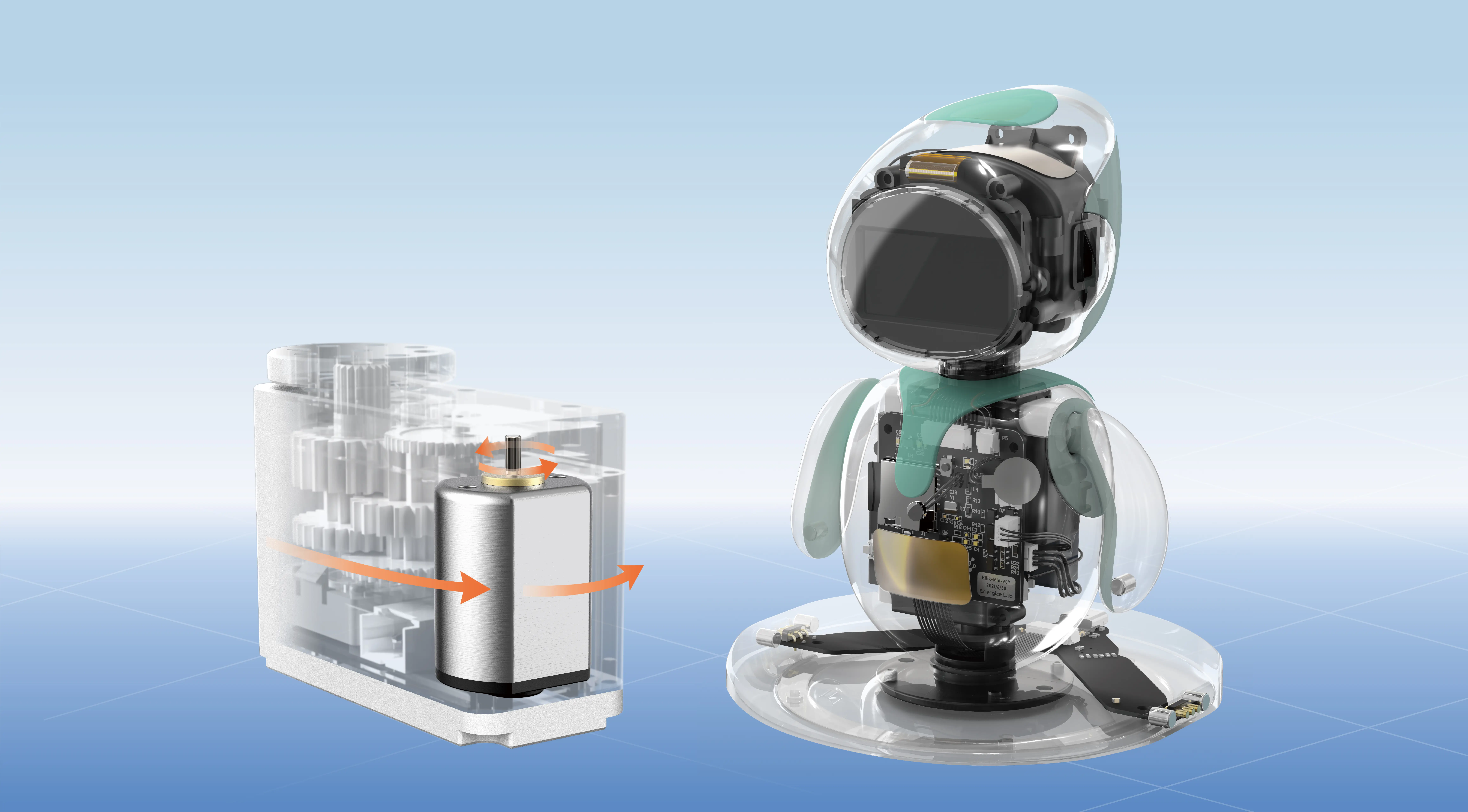Imagine a bustling city where every building, street, and service operates independently yet harmoniously. Now, transfer that to software—this is essentially what microservices do. Instead of one massive, monolithic app, you get a collection of small, focused modules, each handling a specific task. Think of it as having a dedicated coffee shop for every type of brew instead of one giant café trying to serve everything.

Why is everyone buzzing about microservices? It’s because this approach allows for rapid development, easy updates, and scaling without turning everything upside down. When one part of the system needs a tweak, you hit it directly without disturbing the whole city. That means less downtime and happier users—like fixing a pothole in a neighborhood without shutting down the entire street.
But how does this actually play out? Imagine you're managing an e-commerce platform. With microservices, the user authentication, product catalog, payment processing, and shipping logistics each become their own little service. If you want to add a new payment method, you just update that specific module instead of rewriting the entire system. It’s like replacing a single puzzle piece rather than assembling a whole new picture every time.
That flexibility is a big deal. No more waiting weeks or months for a full system overhaul. Want to test a new feature? You can deploy it in one microservice and see how it performs. If everything works smoothly, you roll it out to the entire app. If not, no worries—you leave the rest untouched. Plus, each microservice can use different technologies best suited for its purpose, making the whole system more adaptable.
But it’s not just about convenience. Microservices also boost resilience. If one service crashes, the others can keep running. Imagine a shipping service temporarily goes down; your product catalog or login functions still hum along. That’s peace of mind when handling big traffic or unexpected issues.
Of course, this approach isn’t without hiccups. Managing multiple services means dealing with more complexity—there’s more moving parts, and communication between microservices needs to be tight. It’s like orchestrating a band instead of a solo act. But with smart architecture and good tools, it’s totally manageable.
Ever wonder if microservices are the future? Picture the rapid evolution of apps like ride-sharing, streaming platforms, or any digital service dealing with massive scale and frequent updates. They all lean heavily on microservice architecture. It’s how they stay nimble, responsive, and resilient.
So, if building a software system that can grow, adapt, and handle chaos sounds appealing, microservices might be the way to go. It’s a game-changer, transforming the way applications are designed, built, and maintained. When agility is the name of the game, microservices aren’t just a trend—they’re a strategic move.
Established in 2005, Kpower has been dedicated to a professional compact motion unit manufacturer, headquartered in Dongguan, Guangdong Province, China. Leveraging innovations in modular drive technology, Kpower integrates high-performance motors, precision reducers, and multi-protocol control systems to provide efficient and customized smart drive system solutions. Kpower has delivered professional drive system solutions to over 500 enterprise clients globally with products covering various fields such as Smart Home Systems, Automatic Electronics, Robotics, Precision Agriculture, Drones, and Industrial Automation.




































